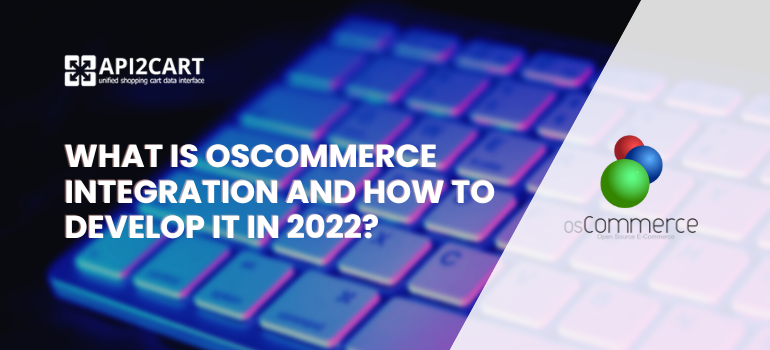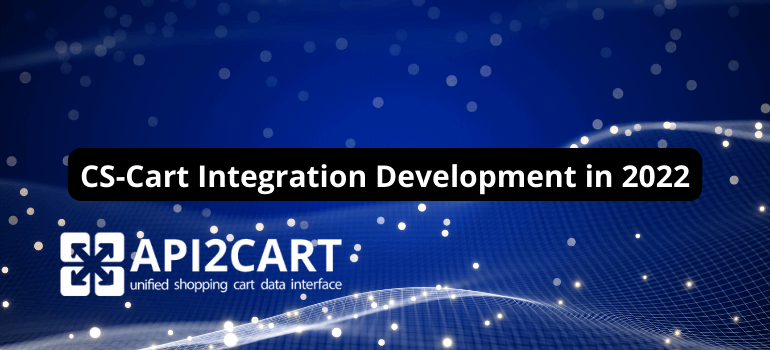
Various devices, cloud infrastructure, sensors, online business tools, etc - these are things that surround our day-to-day. But have you ever wondered which technology lies behind the progress? The answer is “IoT”. It is an abbreviation meaning the Internet of things that appears to be the word of hype and a description of a new era of digital world and eCommerce in particular.
One more modern phenomenon that has penetrated the online trade industry is API. IoT and Application Programming Interface appear to be the revolutionary notions in eCommerce that directly affect the way we do business. This duo which merges into the “APIs of Things” is able to provide hugely competitive value to your retail.
Explore an article posted on IBM dev blog smartly describing “APIs of Things”.
Most people readily agree there is significant synergy between APIs and the Internet of Things – but are all APIs made the same or is there something special about “APIs of things”? I believe there are indeed special considerations when delving into “APIs of things”. Here are a few:
- “APIs of Things” cannot be changed unless you are the manufacturer of the thing under consideration. Even if you are indeed the manufacturer, you cannot easily change the APIs of things already existing in the world
- “APIs of Things” must be designed to take into account physical concerns like network bandwidth and battery life. Things like sensors and wearable’s are particularly susceptible to these types of constraints.
- “APIs of Things” are by definition un-managed “out-of-the-box”. If you want managed access to “APIs of Things” then you have to add a software proxy in front of them.
- “APIs of Things” are generally described in manuals, not on API portals. This may change over time but is nevertheless mostly true today.
In other words, “APIs of Things” have some built-in characteristics that make them plain different than the types of software-based APIs that we normally discuss. Different isn’t bad though… it’s just different.
APIs of things have their complexities but there is (counterweight) simplicity in the fact that the API design has already been done and the API has already been deployed and hosted on its own little “server inside the thing”. All you need to generate value is to figure out how to leverage those “APIs of Things” for business advantage. In most cases that require the ability to interact with not a single thing, but a whole world of things at the same time. An individual sensor in a piece of medical machinery may have limited value, but the combined understanding of many sensor readouts provides a crucial picture of the overall well-being of a patient.
Why bother with an API experience for the world of things you might ask? Well, the Internet of Things isn’t new actually, as sensors and devices have been network-enabled for at least a couple of decades… What is new is the ability to leverage APIs for interacting with a host of different things in a much more uniform fashion than has ever before been possible. So, welcome to a world of things that – due to the power of APIs – are increasingly programmable and increasingly aware.



